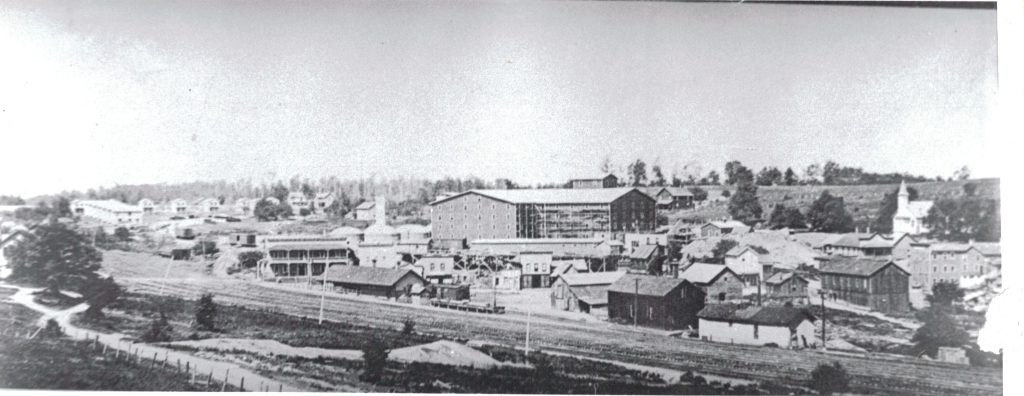Click on any of the towns listed below for an interesting look into our past.
| Wilcox | Wilcox Tannery |
| Rasselas | Upland |
| Glen Hazel/Middle Fork East Branch Dam / Lake | Straight |
| Bendigo | Ketner(includes the Ketner Dam) |
| Dahoga | Lamont |
| Wildwood Fire Tower | Instanter |
Jones Township, Elk County was originally settled in 1835 and is named after Andrew W. Jones, who was an owner of the Richard & Jones Land Company.
Jones Township was officially created around 1842, and was a part of both McKean and Jefferson Counties. (Elk County was later formed in 1843).
However up until 1860, the Township was often times referred to as Kane Township to honor Thomas L. Kane. After Kane departed with the Bucktail Regiment to join the Civil War effort, the General Assembly officially recognized Jones Township. General Kane owned much land in Jones Township and later spent some of his retirement at his farm in Rasselas.
Upon the arrival of the first settlers to Jones Township, the only people interested in these wilds were the traders, trappers, and hunters and a few Seneca Indians. The area was very dense with virgin hemlock and pine forests; so thick that the sun hardly hit the forest floor. One can only imagine the hardships encountered by these early settlers. Every bit of land had to be cleared by hard labor. Trees with diameters up to 6 or 7 feet had be cut, moved, and worked to build shelters, homes and business’s.
These early businessmen established lumbering operations and sawmills along the privately owned Milesburg / Smethport Turnpike and the St. Marys / Olean Turnpike. These turnpikes were really just a maintained path that carried horse and ox driven wagons and stagecoaches. The Milesburg / Smethport Turnpike crossed Jones Township on roads now known as the Montmorenci Rd, Long Level Road, Mefferts Run Road and Rasselas Road.
The St. Marys / Olean Turnpike ran from St. Marys to Glen Hazel and intersected with the Milesburg / Smethport Turnpike near the Holy Cross Church in Rassleas. (now known as the Stony Hill or Pumpkin Hill Road). The turnpikes were built around 1825 by the request of Jacob Ridgway who was a nearby wealthy merchant and land owner. Maintenance was provided by local citizens who were paid to perform maintenance by charging a toll to the travelers to offset the cost of their work.
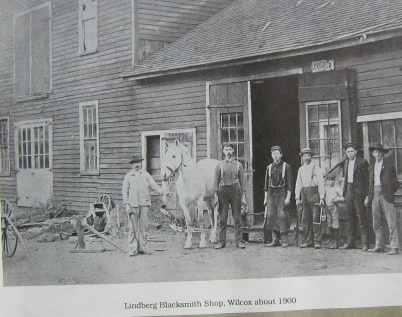
The condition of these roads gradually deteriorated and were eventually taken over by the state (Rasselas, Glen Hazel and Long Level Roads) or by the Township (Mefferts Run and Stony, or Pumpkin, Hill Road) as public highways. It is known that the Road Docket at the Jefferson County Courthouse indicates that what is now known as Mefferts Run Road was recorded as public highway by Jones Township in 1843 (Vol. #1 pg 265-266) (File case #121-1843). These very crude dirt and muddy roads played a vital role in the development of the Township.
Within Jones Township, mostly along the turnpikes, many small villages were developed in the mid 1800’s, including the towns of Wilcox, Instanter, Rasselas, Glen Hazel, Tambine, Bendigo, Ketner, Lamont, Bergonot, Middle Fork, and Straight just to name a few. Most of these villages were centered around leather tanning operations or lumber camps set up around the larger saw mill operations to provide shelter and a home for the lumbermen. Most had a few entities to support the families. Once the hillsides were cut of their valuable timber, these saw mills would close up shop or move to another area. Other settlers to the Township simply set up family farms and lived off the land by selling their crops, dairy products and livestock.
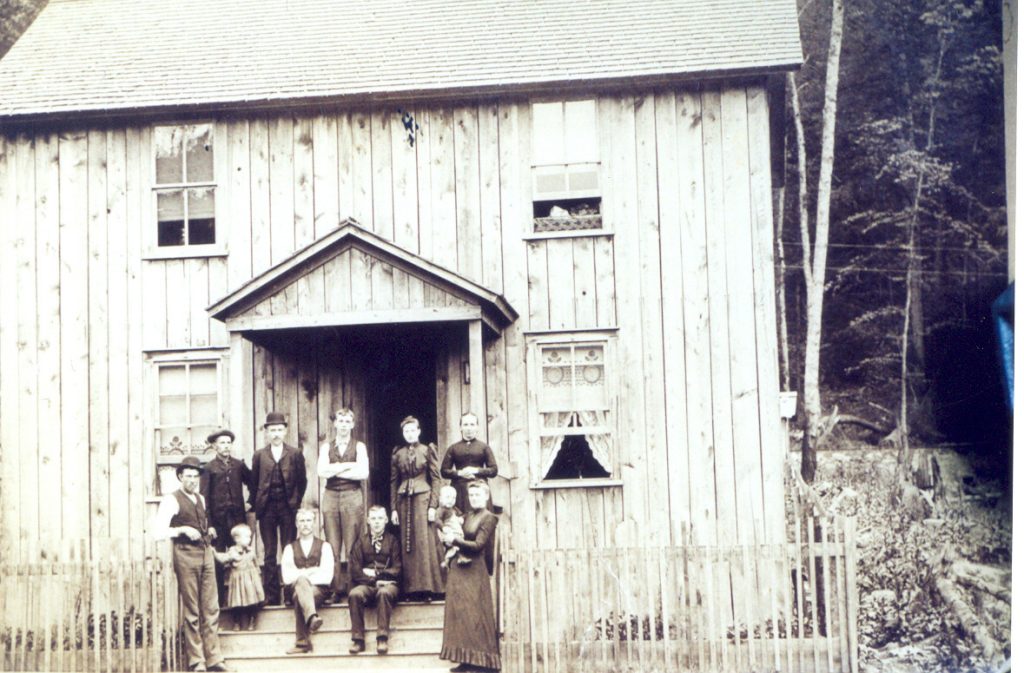
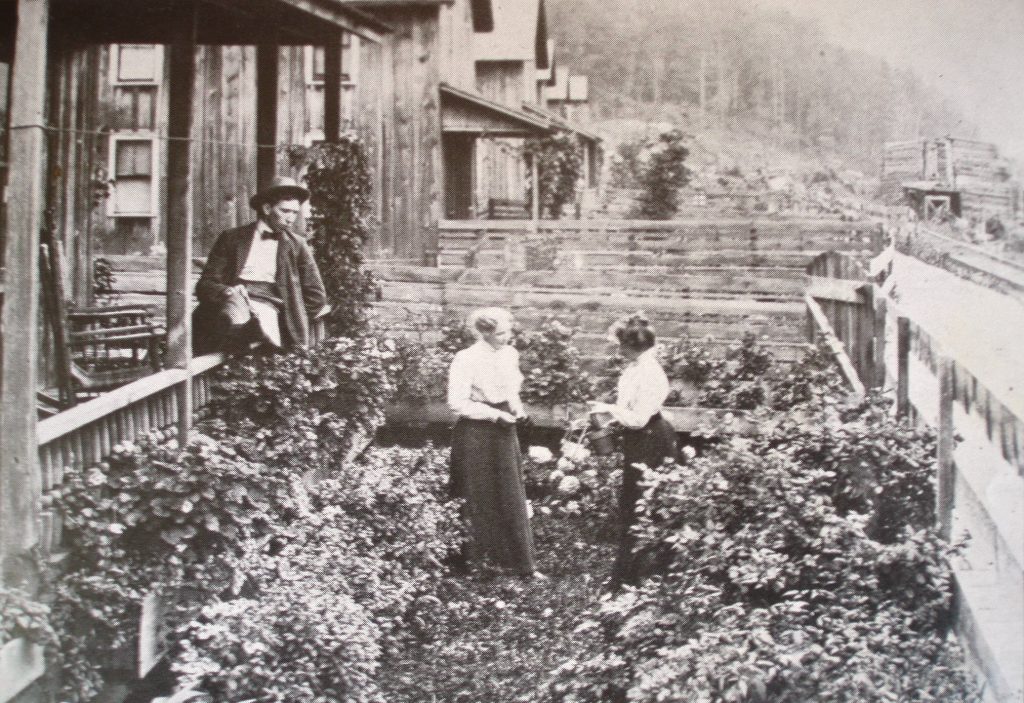
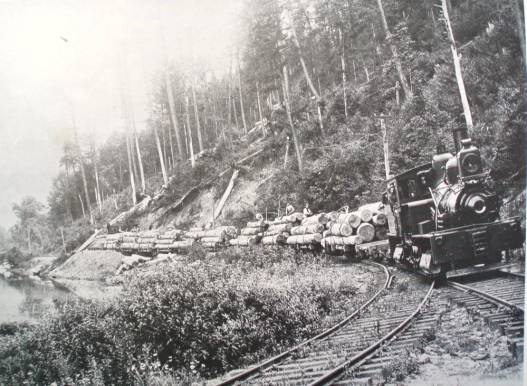
Once the sawmills cut the large hemlock and pine forests, chemical companies began to operate keeping some of the towns alive. The towns of Glen Hazel, Straights, and Dahoga had rather large wood chemical companies. These companies could utilize the remaining timber, usually from small trees or scraps left from the saw mills to produce various chemicals by heating the wood to very high temperatures thus manufacturing charcoal and converting the smoke into the various chemicals. Today the lumbering industry is focused on the cutting the hardwood & pulp wood forests that generated after the hillsides were totally denuded of pine and hemlock in the later 1800’s. Although the methods are far different and much more simpler, the lumber industry is still very important to local economies.
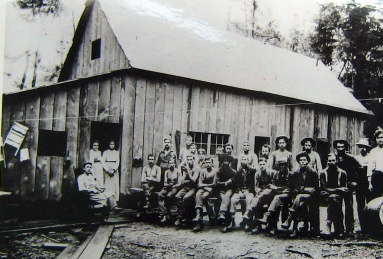
In 1850, there were forty-five families and forty-five dwellings within the Township, 337 inhabitants, twenty-three farms and one industry (mill). The population in 1880 was 1,427. In 1888 there were 218 Republican, 125 Democratic and 3 Prohibitionist votes cast, representing about 1,740 inhabitants. A large number of unnaturalized Swedes, and other foreign residents, swelled the total considerably.

The Township’s small towns and company owned railroads slowly began to disappear once the saw mills and chemical companies totally exhausted the supply of timber. These towns eventually become ghost towns. A few residents maybe stayed for a while but most moved to find work elsewhere. Most of these homes were purchased as hunting outposts and camps by outdoorsmen from the larger cities, mainly from the Pittsburgh area. As the big steel mills of south eastern Pennsylvania flourished after World War 2, this area became a haven for the workers looking to escape the city life.

Recreational opportunities began to develop within the Township as early as 1920’s with the development of the Bendigo Park as a community project from Johnsonburg. In 1920, the Pennsylvania Game Commission purchased 6288 acres making it the very first State Game Lands . The Civilian Conservation Corp began work at Twin Lakes National Forest Park during the Great Depression of the early 1930’s. In 1948, construction began on the East Branch Flood Control Project, which provided a 1370-acre lake offering both fishing and boating opportunities. Soon after, the state constructed the Elk State Park. Today, Jones Township offers a fine compliment of recreational opportunities for the outdoor enthusiast.
Although many of these old towns can still be identified by the few remaining structures and residents, the only town to truly survive to the twenty- first century is the village of Wilcox. Here the large Wilcox Tannery kept the town alive with good paying jobs by manufacturing leather until the early 1960’s. Wilcox still provides a home to several industrial manufacturers dealing primarily with the powered metal industry. Several other small business provide employment to residents of Wilcox.
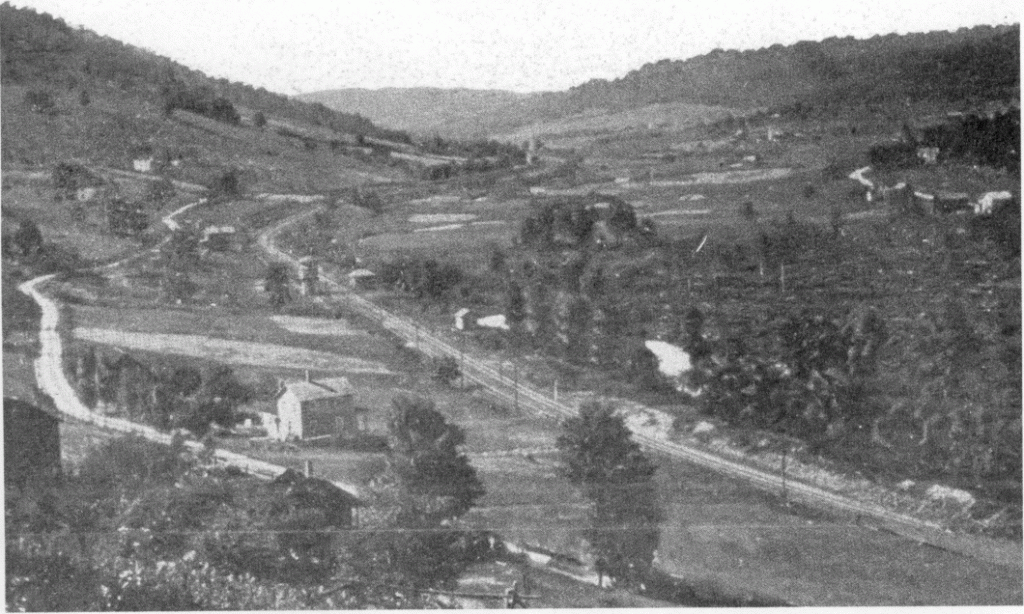
A special thanks to the Jones Township Historical Interest Group and to Mr. Tom Wantuck for their assistance and information. The writer of this glimpse in to the past urges anyone to write, or e-mail at jonestwp@ncentral.com us providing more information, suggestions or corrections to any errors that I’m sure exist!
